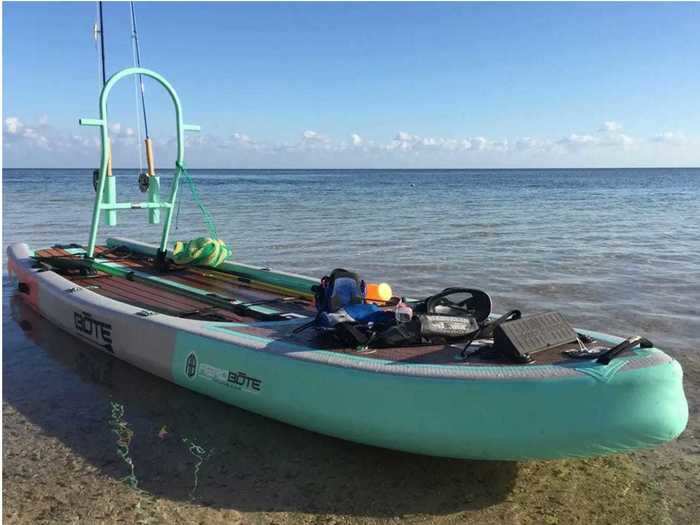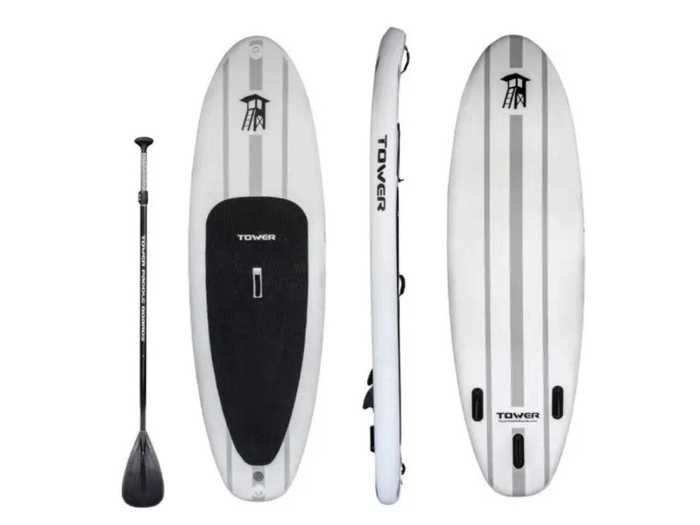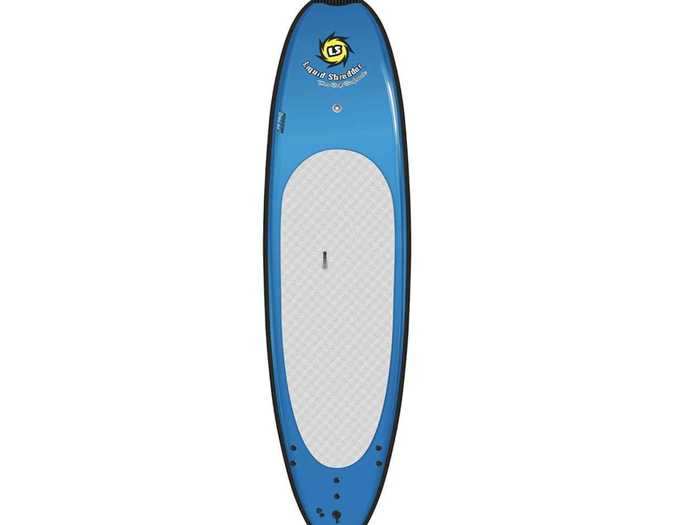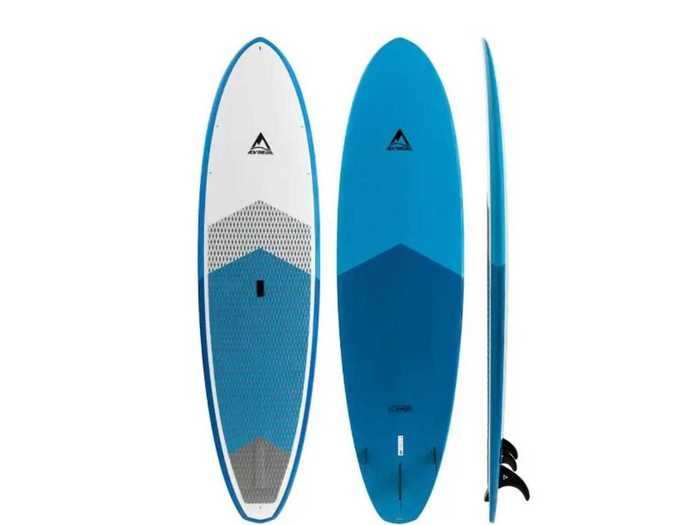The best stand-up paddle boards
Chris Dixon,Owen Burke
- Stand-up paddle boards offer a different take on the sport of surfing, allowing riders to stay upright on the board as they propel themselves forward with a paddle.
- These types of boards can be used for a variety of use cases, too, including riding waves in the ocean like a traditional surfboard or gliding across a lake or river.
- To help narrow down the field of what's available, we tested a selection of top boards from brands like Bote and Naish, including inflatables, soft tops, and those meant specifically for fishing or surfing.
- Our top pick, the 10'6" Adventure paddle boarding All Rounder Stand Up Paddle Board is a solid, high-performance board from one of the most reputable vendors in the outdoor goods business, and one beginners will appreciate as their comfort and skill levels progress.
Over the last decade, stand-up paddle boarding has exploded in popularity. What began as an oceanic pursuit for a handful of surfers that included Laird Hamilton, Oahu's aquatic stuntman Brian Keaulana, and a few old-school surf instructors from Waikiki, has today become globally ubiquitous from beach breaks to harbors to lakes and hidden angling spots.
Today's market has evolved into a dizzying array of boards for fishing, racing, river running, flat water, and yes, surfing. Constructions run the gamut, too, from exotic epoxies, carbon, and fiberglass to incredibly durable foam and inflatable models. For a beginner especially, the choices can be overwhelming, and that's' where this guide comes in.
Because of these different genres and construction types, we decided to break paddle boards down into four categories: inflatable, soft, hard (surfing), and fishing — taking the beginner and first-time buyer into account. The picks that follow are the result of hours of time spent on screen and on lakes, tidal creeks, and of course, the open ocean.
Among the most important considerations for stand-up paddle boards (SUPs) are weight and durability — two factors that are not always mutually exclusive. In the case of the boards that follow, we've tried to ensure that you'll not only be able to hoist the board onto the roof of your car, but that it also won't ding at the slightest bump or snap in half on a waist-high wave.
We also took market factors into consideration. Currently, the stand-up paddle board marketplace is as fluid as the ocean. Manufacturers, vendors, and models come and go seemingly overnight. We've tried to recommend well-warrantied products from companies we know you'll be able to deal with at least a year or two from now.
A final important factor to note is that if you have children who will be playing around with a stand-up board in the ocean or on flat water, we strongly recommend either an inflatable or our completely soft foam model recommendation. The last thing you need is a 25- or 30-pound, ten-foot-long airplane wing banging off your child's head or a rigid fin digging into their skin.
Here are the best stand-up paddle boards you can buy:- Best SUP overall: Adventure paddle boarding All Rounder
- Best soft board: Liquid Shredder's 10'6" Standard Soft Board
- Best inflatable SUP: Tower Adventurer inflatable
- Best SUP for surfing: Naish 9'5" Mana GTW
- Best SUP for fishing: Bōte Rackham AeroBōte
Updated 4/23/2020 by Rick Stella: Updated the copy of the intro, as well as for each selected paddle board, checked the availability of all models, and updated the prices, links, and formatting. Currently testing new models for a planned update this summer.
Read the original article on InsiderREAD MORE ARTICLES ON
Popular Right Now
Popular Keywords
Advertisement





